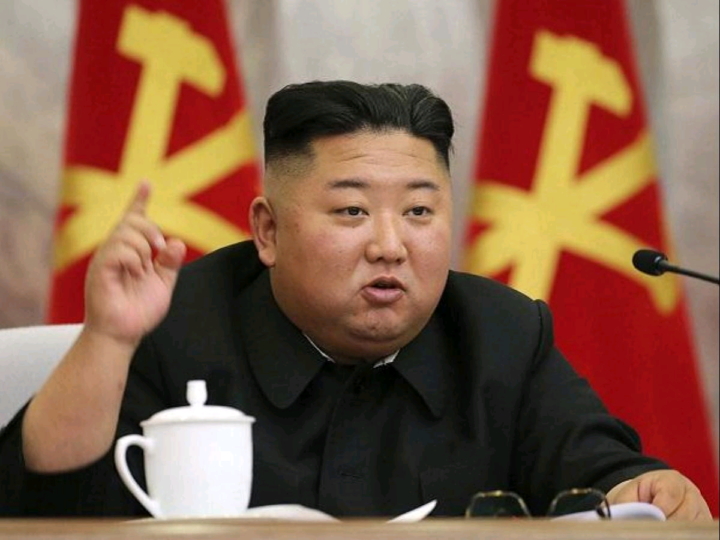On Tuesday, Japanese officials reported that North Korea had informed them of their plans to launch a satellite in the coming days. This might be the country’s second attempt at launching a military spy satellite into orbit three months after the first attempt was unsuccessful.
The launch failure of a rocket in late May that was carrying a spy satellite was a blow for North Korean leader Kim Jong Un’s efforts to create a space-based monitoring system to better monitor the United States and South Korea.
After analyzing the results of the first launch, North Korea promised to try again.

Japan’s coast guard claims it was informed by North Korean authorities of a satellite launch scheduled for sometime between August 24 and the end of August 30.
The notice did not specify the sort of satellite North Korea plans to launch, but Coast Guard spokesperson Hiromune Kikuchi speculated that it may allude to a spy satellite like the one launched in May.
The East China Sea, the waters off the coast of the Korean Peninsula, and the waters east of the Philippine island of Luzon were all named in the North Korean notification as potential impact areas for the launch.
According to the website of the Japanese coast guard, Japan has issued safety warnings for vessels transiting through the aforementioned three zones.
In light of the North Korean warning, Japanese Prime Minister Fumio Kishida reportedly told officials to make every effort to collect and analyze data, as well as to make contingency plans. To prevent the launch, he suggested the United States, South Korea, and other concerned nations work together.
The anticipated launch timetable coincides with 11 days of annual U.S.-South Korean military drills that kicked out on Monday. Pyongyang is predicted that North Korea will continue its provocative cycle of missile testing in response to the regular U.S.-South Korean military drills, which Pyongyang sees as a dress rehearsal for an invasion.
The Ulchi Freedom Shield exercises are virtual command center simulations. More than 30 field training exercises are scheduled to take place between U.S. and South Korean forces throughout this year’s training period.
On Friday, the leaders of the United States, South Korea, and Japan gathered for the first-ever trilateral meeting at Camp David. At the summit, they pledged to enhance their defense cooperation in the face of growing nuclear and military threats from North Korea.
The presidents announced a number of measures, including regular trilateral exercises and the implementation, by the end of the year, of a system to share real-time information on North Korean missile launches.
On Tuesday, North Korean official media issued a warning that competing drills on the Korean Peninsula increased the risk of nuclear war.
The North’s official Korean Central News Agency warned that if the agreements made at the Camp David Resort are also implemented in the war rehearsal, the likelihood of a thermonuclear war breaking out on the Korean Peninsula would increase.
Without providing specifics, it claimed that North Korea is being forced by the current scenario to adopt offensive, overwhelming moves.
KCNA reported on Monday that Kim Jong Un, the country’s leader, had seen recent test launches of strategic cruise missiles and stressed the importance of continuing to improve the country’s naval weaponry.
More over a hundred weapons tests have been conducted by North Korea since the beginning of 2022, including testing of nuclear-capable missiles aimed at the continental United States, South Korea, and Japan.
North Korea claims it had no choice but to increase weapons testing in response to increased military drills between the United States and South Korea. Both Washington and Seoul have insisted that these exercises are defensive in character.
North Korea is preparing for test flights of intercontinental ballistic missiles and shorter-range nuclear-capable missiles, as well as a spy satellite launch, according to South Korea’s spy service last week.
North Korea’s first effort to launch a spy satellite failed, and its remnants were recovered by South Korea. In July, the South Korean military announced that an examination of the fragments had shown that the satellite was not technologically advanced enough to perform space surveillance as North Korea had claimed.
Support InfoStride News' Credible Journalism: Only credible journalism can guarantee a fair, accountable and transparent society, including democracy and government. It involves a lot of efforts and money. We need your support. Click here to Donate
